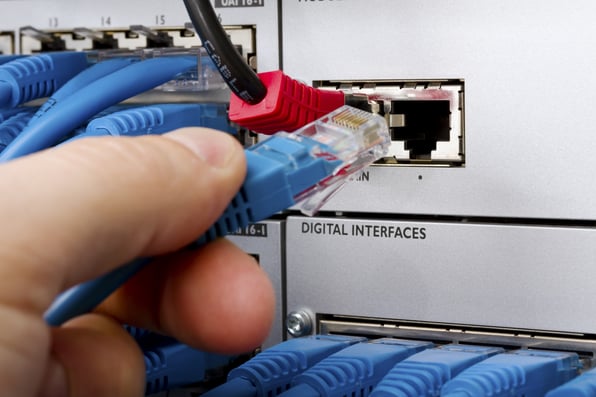We have come a long way since the telephone was invented in 1876. Fast forward a couple of hundred years and there continues to be radical changes in telephone systems where businesses are at the forefront of the technology.
No matter what, all business have this in common: they need to direct incoming and outcoming calls efficiently. A PBX, which stands for private branch exchange, lets you do exactly that.
Essentially, it’s a private telephone network owned, operated and used within the company rather than the telephone company’s exchanges used to connect phone calls for the general public. PBX previously used analog technology but today, digital signals convert to analog for outside calls. Users in a PBX share a number of outside lines for making external calls and it also interconnects extensions to each other as well as to the outside network.
Hosted and traditional
Generally speaking, there are two types of systems: hosted and traditional. In a traditional PBX setup, the system sits within the office and is a physical piece of equipment and works on physical wiring. It is quite reliable and offers good voice quality.
With hosted systems, otherwise known as being “in the cloud”, businesses can work with a provider who own and operate the equipment offsite without the headaches of maintenance and upkeep. This setup is typically more flexible and intuitive and can also be scaled up or down according to the demands of your business.
Advantages and features
PBX offers companies the ability to increase productivity and lower the cost of doing business. For starters, there’s no need for a receptionist as there’s typically an auto attendant feature so incoming callers have directions, hours and descriptions with touch tone prompts.
You can also customize the response for incoming calls, whether that be for all the phones in your office to ring simultaneously or in a sequential order until the call is answered and even time-based rules can be set so that calls out of business hours are routed differently than ones that come during the day.
Call forwarding, dial-by-name-directories, voice paging, transferring calls and conference calling are some of the other typical features of most small business PBX systems. Modern PBXs use all-digital methods for switching, but may support both analog and digital telephones and telephone lines.
Does my business need a PBX?
Most medium to larger companies use PBX because it’s less costly than connecting to an external telephone line to every telephone in the organization.
Companies lease only one line with multiple users where each one has a phone at the desk with a different number. It’s also easier to call someone in a PBX because the number is typically only three to four digits long, better known as an extension. This can help make internal communications a lot easier.
If you want to consider ways to cut costs and free up office space and have greater control over your phone system, a PBX may be the answer. With all the options available, take the time to choose the right PBX system for your business.



